GUEST BLOGGER JESSICA STREMER
Scientific discoveries are made every day, but before scientists can tell the world about what they’ve found, they must record details about their findings. Scientists use their senses to observe their finding – where it was found, what it looks like, the size, and any other important details – then capture those details using descriptive writing. These descriptive words help others understand what the scientist experienced during the moment of discovery so that the reader can experience that discovery in their own mind.
Trapped in the Tar Pit: How Scientists Unearthed a City’s Prehistoric Past tells the story of how the discovery of a tooth from a saber-tooth cat led to scientists unearthing a treasure trove of fossils now known as La Brea Tar Pits. As excavation of La Brea continues, even more discoveries occur.
How do visitors know what La Brea was like when each discovery was made? Through descriptive writing! Nonfiction picture books can be a great way to show students the connection between observation and descriptive writing.
Essential Idea
- Convey your observations through descriptive writing
Objective
- Observe objects and surroundings
- Recognize relationships between objects and environment
- Communicate observations and relationships with others
Supplies
- Variety of familiar and unfamiliar objects such as rocks, animal bones, old tools, etc. Try and include items that most kids wouldn’t have seen before.
- Paper and writing utensil
- Book Trapped in the Tar Pit: How Scientists Unearthed a City’s Prehistoric Past
Activity
Read Trapped in the Tar Pit and discuss the moment of the bone’s discovery. Talk about what scientists may have observed at that time and how they would have wrote about the discovery.
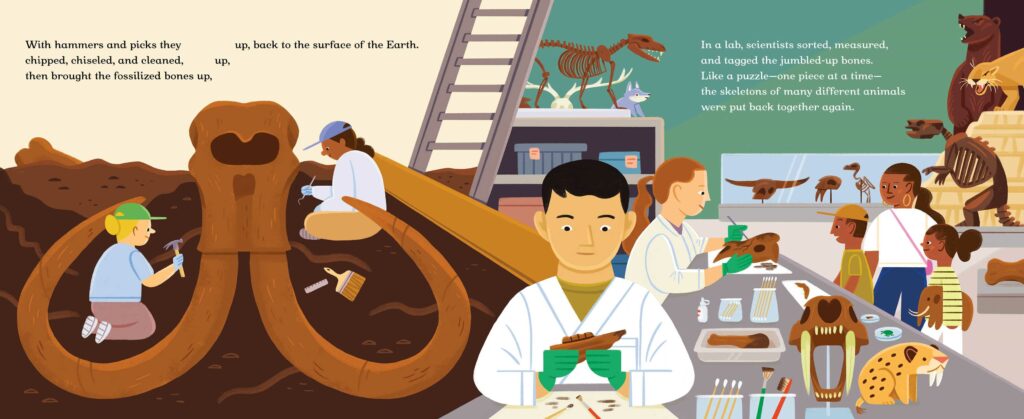
Procedure
- Give each student an object. Objects can stand alone or be placed in a container with other material such as dirt, sand, leaves, beads, packing material, etc.
- Ask students to list their observations about the object including its color, texture, size, shape, weight, smell, and notable features. If putting the object in with other materials, their observations should also include descriptions about that container material.
- Next, ask students to turn their list into a paragraph. Use details to make the reader feel like they are in the moment.
- Depending on the objects, ask students to draw conclusions about the identify of the object, how it got there, and its function. What questions do they still have about the object? What would they still like to know?
Featured image credit: “Smilodon californicus (saber-toothed tiger) (La Brea Asphalt, Upper Pleistocene; Rancho La Brea tar pits, Los Angeles, southern California, USA) 4” by James St. John. Licensed under CC BY 2.0.
Jessica Stremer is an award-winning children’s author who combines her love of science and writing to create books that inspire kids to explore and think critically about the world around them. Her books have received multiple starred reviews and have been designated as SLJ Gold Selections, Cook Prize Silver Medal recipient, NYPL Best Book of the Year, and NSTA Outstanding Science Trade Book. Jessica obtained a B.S. in Biology, with an emphasis in Ecology, from the University of Wisconsin Oshkosh. When not writing you can find Jessica cheering from the sideline of her kids’ soccer games, spending time outdoors, and planning her next family adventure.


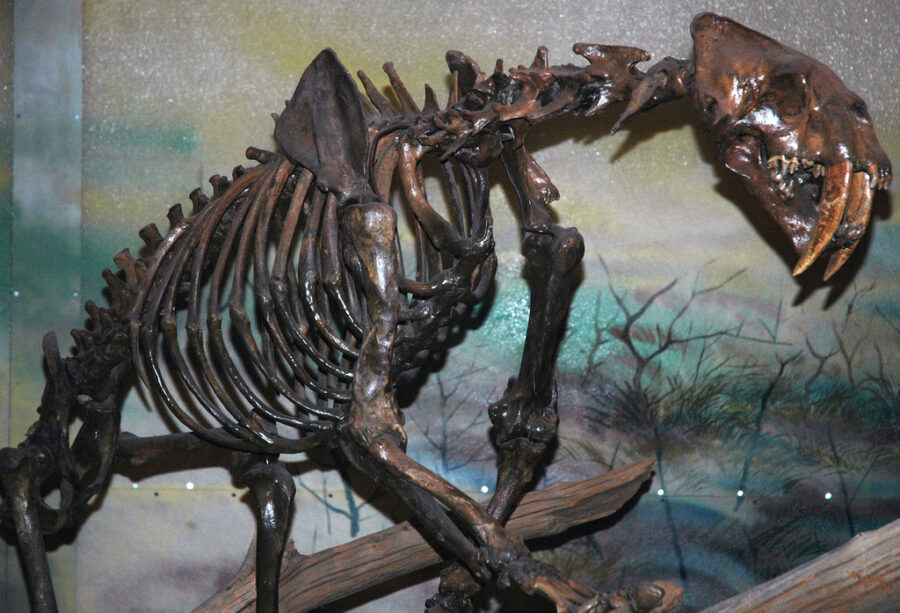

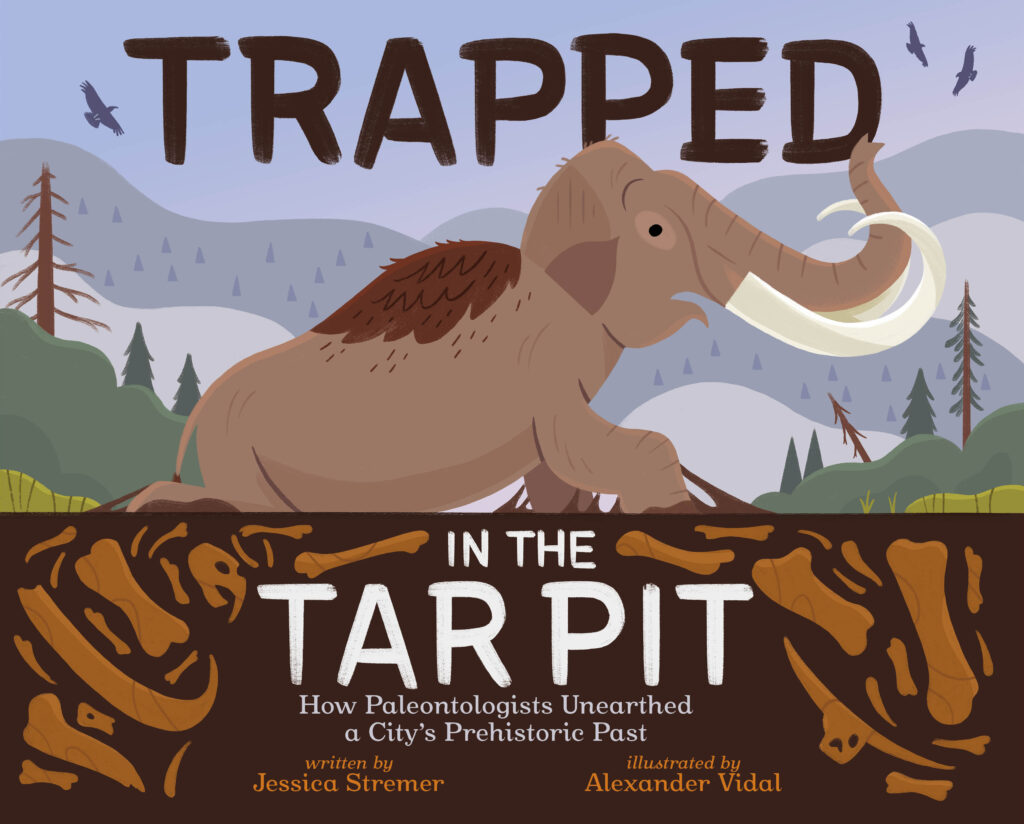

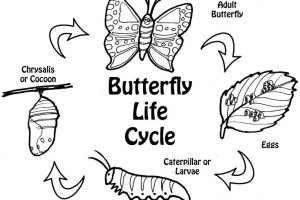

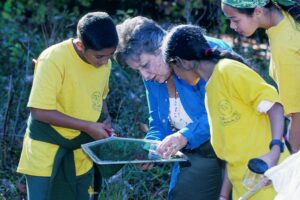

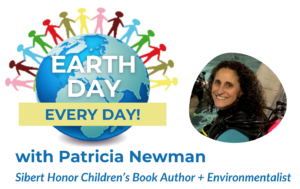
Leave a Reply
Your email is safe with me.